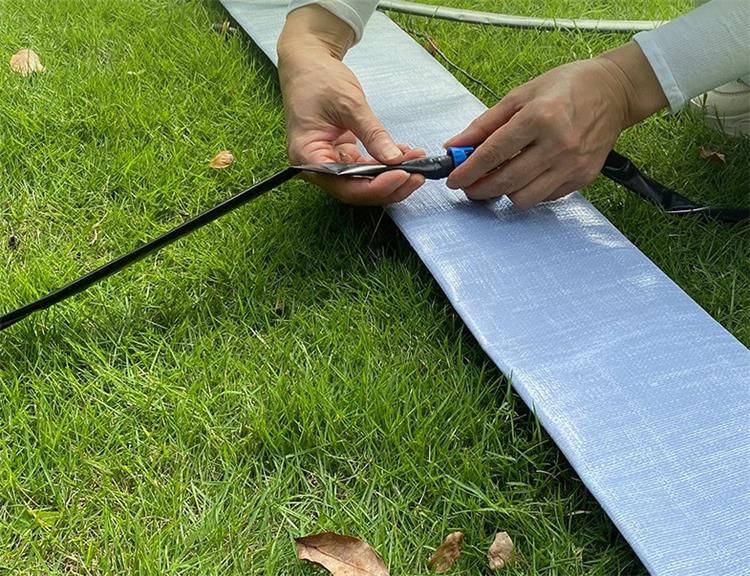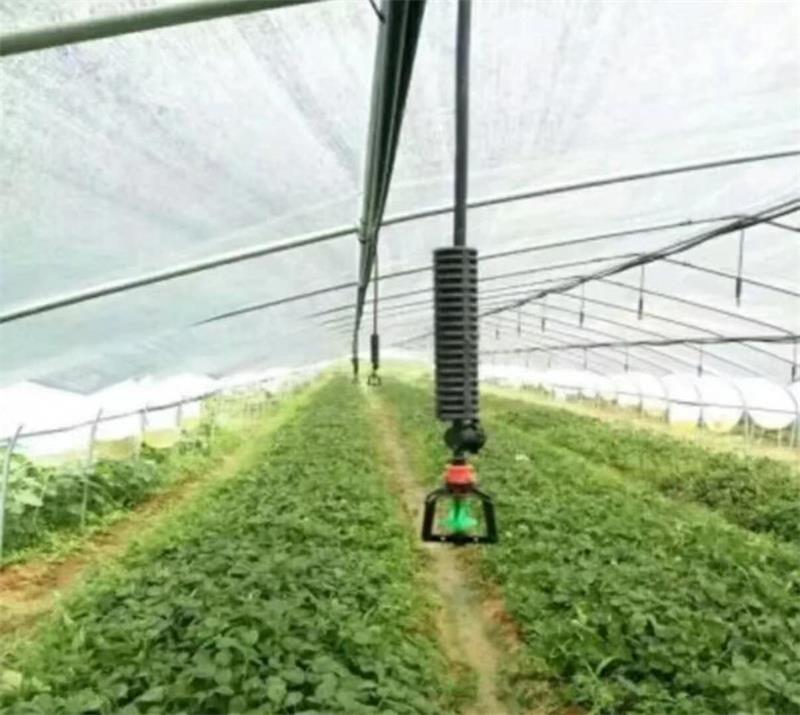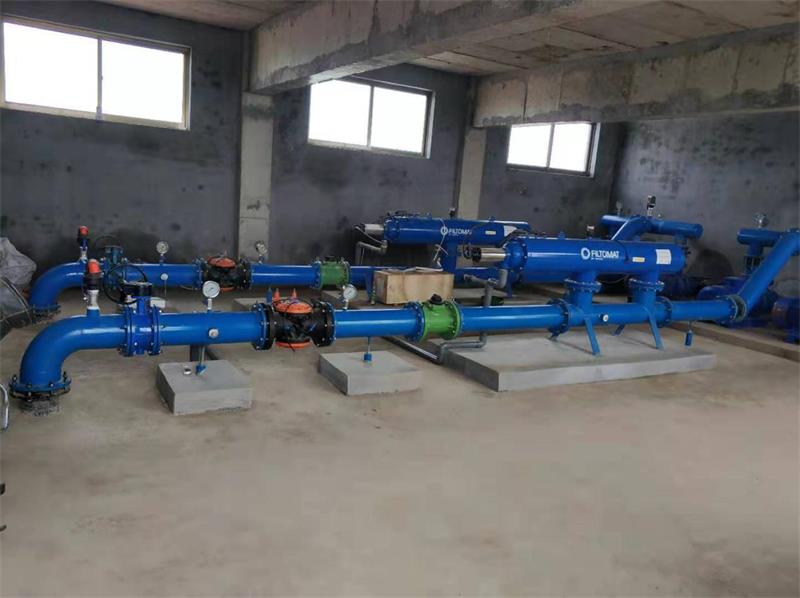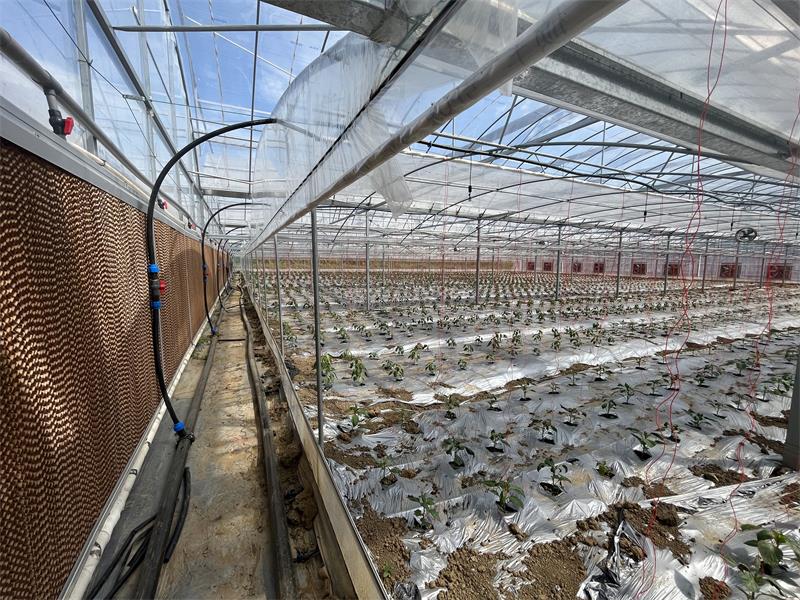Drip irrigation tape is a type of drip irrigation system within the water-saving irrigation system. It enables integrated water and fertilizer irrigation at a relatively low cost and is applicable to a wide range of crops. So, how should drip irrigation tape be operated during installation? What precautions should be taken? Below, L.Y Plastic Co explains.
1. Drip Irrigation Tape Laying Device
The field laying device for drip irrigation tape combines operations such as film laying, seeding, and pipe laying into one machine. It consists of the following parts: the machine frame, drip irrigation tape laying device, film laying device, seeding device, compaction and shaping device, and soil covering device. This machine can complete multiple processes in one go, such as shaping the bed, laying the pipe, laying the film, covering the edges of the film with soil, spot seeding on the film, covering the film holes with soil, and compacting. The parts of the machine that come into contact with the drip irrigation tape should be smooth, flexible, and free of burrs or additional friction to prevent damage to the tape.
2. Field Laying of Drip Irrigation Tape
(1) Requirements for Field Laying of Drip Irrigation Tape
First, the device for laying the drip irrigation tape should have a flexible rotating guide wheel and a smooth guide ring, preferably wrapped with a thin wall to prevent the tape from being scratched or worn during laying. Second, the drip irrigation tape should not be laid too tightly and should have some slack to allow for free expansion and contraction, avoiding installation difficulties caused by tight laying. At the same time, it should not be too loose to avoid waste.
Third, when laying the single-wing labyrinth drip irrigation tape, the raised surface of the flow channel should face upwards. Fourth, after the drip irrigation tape laying device enters working condition, it is strictly forbidden to reverse. Fifth, during laying, any breaks should be immediately connected using a straight-through connector to prevent sand and other debris from entering.
Sixth, the connections of the drip irrigation tape should be tight and sealed, and the ends between two branch pipes should be tightly bound to block the water flow.
(2) Field Laying of Drip Irrigation Tape
First, check whether the modification of the seeder is suitable.
Second, mount the drip irrigation tape on the laying device with the flow channel facing upwards. Third, to allow natural seeding by the seeder under balanced tension, the drip irrigation tape should form a 90° angle with the positioning wheel.
Fourth, once the equipment is in working condition, it must not reverse.
Fifth, when laying the drip irrigation tape, a 1.0 to 2.0-meter stretch margin should be left on both sides of the ground.
3. Connecting Drip Irrigation Tape to Branch and Auxiliary Pipes
First, punch holes in the branch or auxiliary pipes, ensuring the holes align with the laying position of the drip irrigation tape. When using a snap-on three-way connector, the hole should face upwards, and the snap-on end should be inserted into the hole. When using a bypass connection, the hole should face the side of the drip irrigation tape laying position and be parallel to the ground. After punching the holes, insert the snap-on three-way or bypass into the branch pipe. Second, cut the end of the drip irrigation tape flat with scissors at the connection points with the branch and auxiliary pipes. Third, connect the drip irrigation tape to the snap-on three-way on the branch and auxiliary pipes, and use straight connectors between drip irrigation tapes.
Fourth, the connections between the drip irrigation tape and branch or auxiliary pipes should be kept smooth and straight without folds to ensure a smooth flow.
By following these precautionary steps during the installation of drip irrigation tape, you can ensure the efficiency and longevity of your water-saving irrigation system. Proper installation and connection are crucial for the optimal performance of drip irrigation, which is essential for maintaining crop health and achieving sustainable agriculture.




